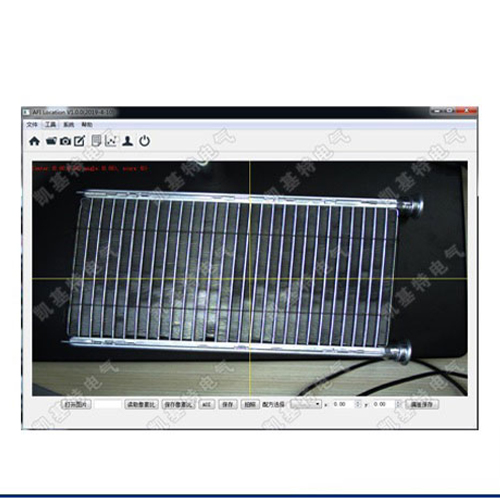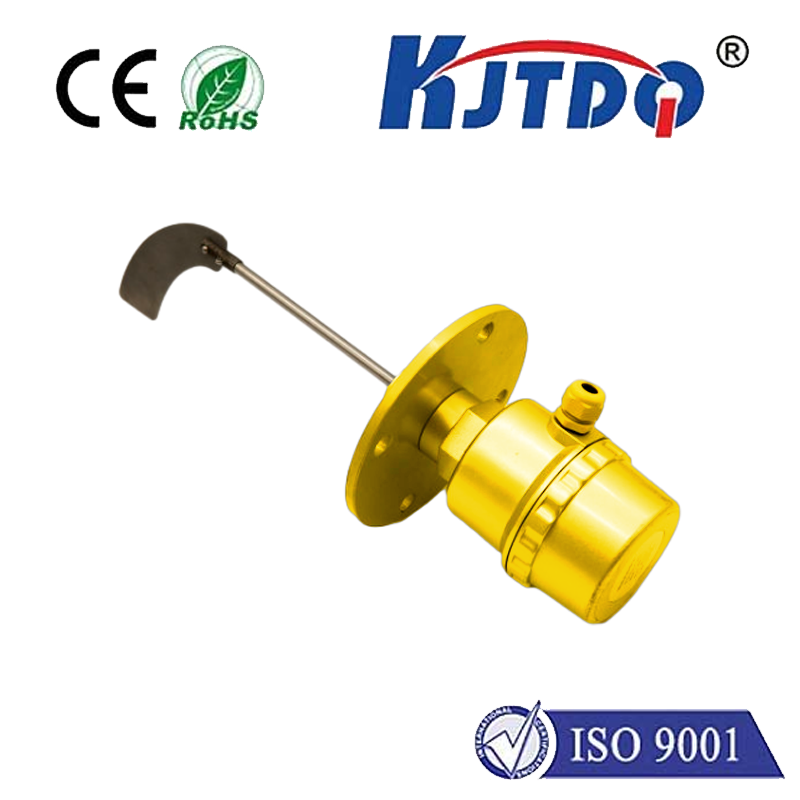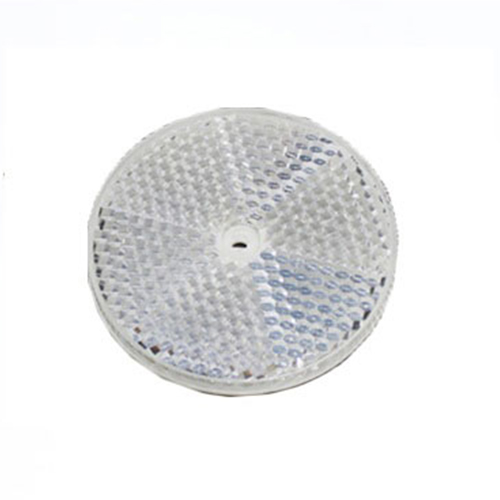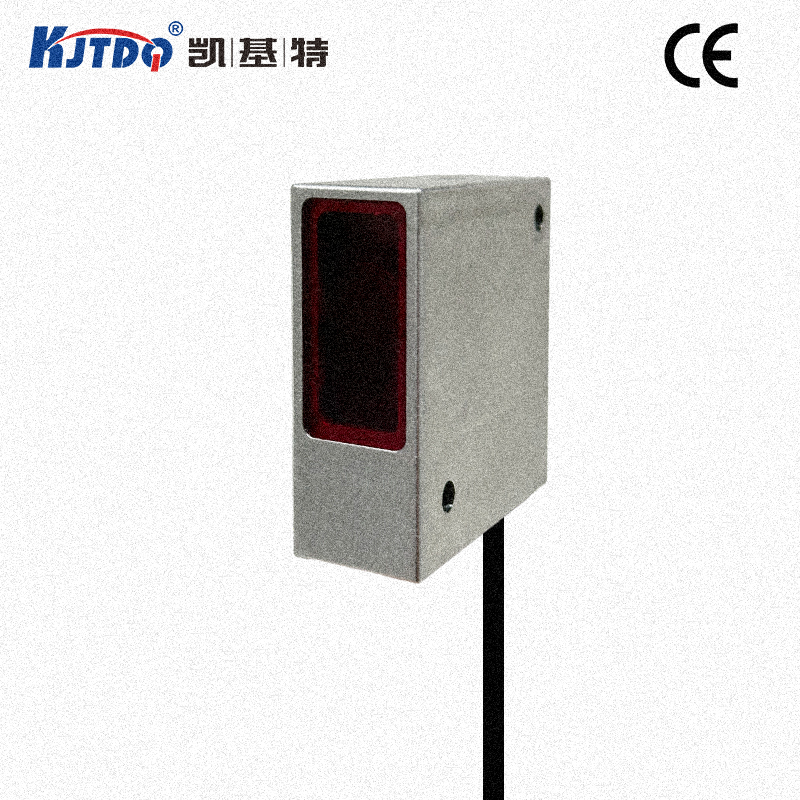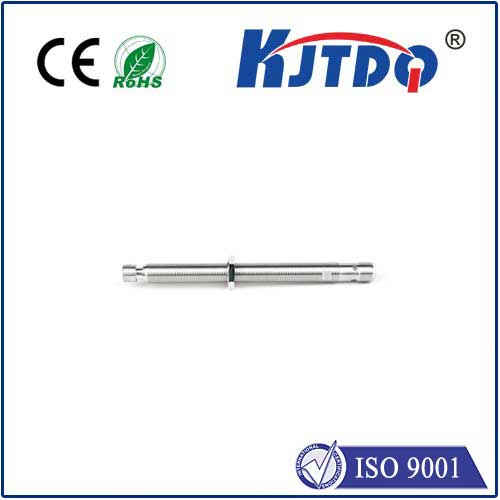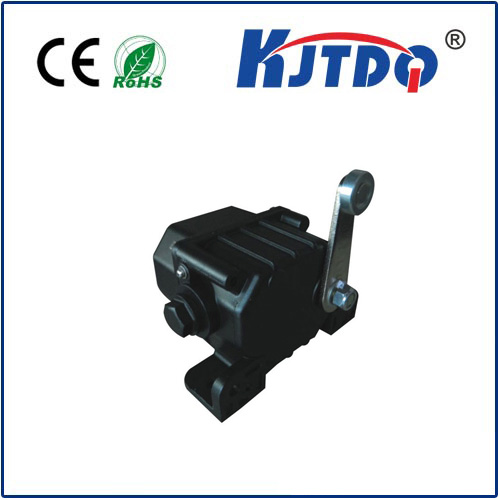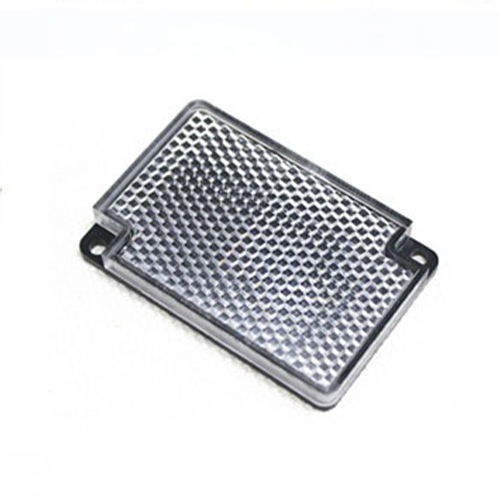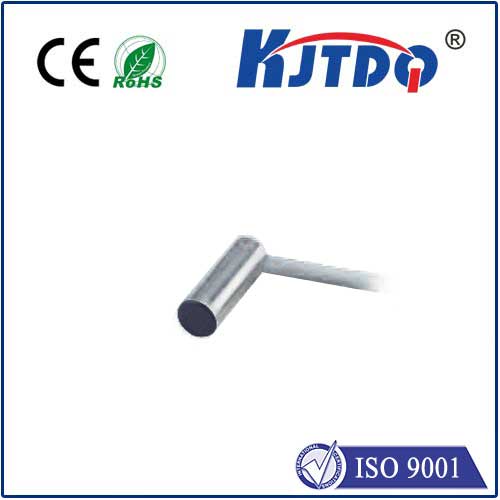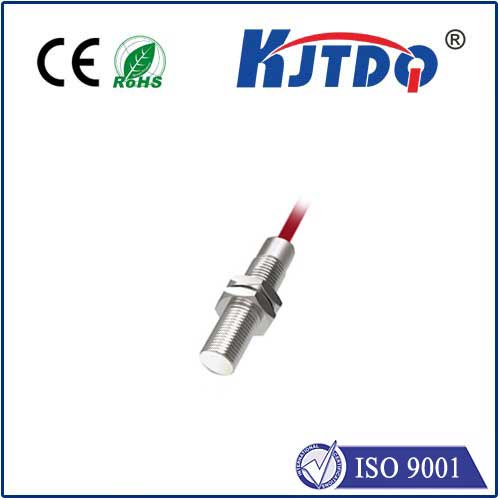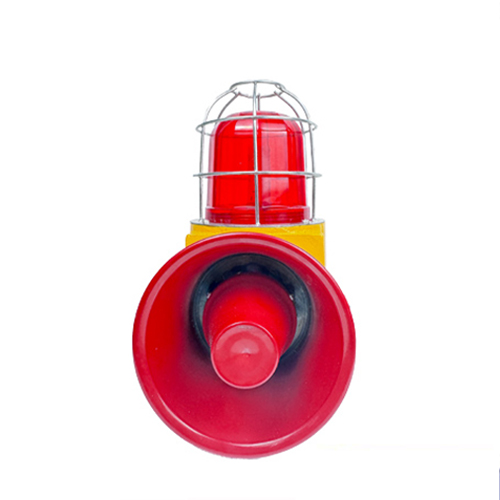

check

check

check

check

check

check

check

check

check

check
The Importance of End Stop Limit Switches in Industrial Applications
Industrial machinery is a vital component of modern manufacturing processes. These machines are designed to perform repetitive tasks with precision and accuracy, but they also require safeguards to prevent accidents and ensure worker safety. One such safeguard is the end stop limit switch, which plays a crucial role in controlling the movement of industrial machinery.
End stop limit switches are electromechanical devices that detect the presence or absence of an object within a specific range. They consist of a switch mechanism that activates when an object comes into contact with it, sending a signal to the control system to stop or reverse the motion of the machine. This simple yet effective mechanism helps to prevent collisions and other potentially harmful incidents in industrial environments.
One of the primary advantages of end stop limit switches is their reliability. Unlike other types of sensors, these switches do not rely on complex electronic circuitry or software algorithms to function correctly. Instead, they use physical contact to trigger the switch mechanism, making them highly reliable and resistant to external factors like dust, moisture, and temperature fluctuations.
Another benefit of end stop limit switches is their versatility. They can be used in a wide range of industrial applications, from conveyor belts and packaging machines to robotic arms and CNC machines. Their compact size and easy installation make them ideal for retrofitting existing equipment or incorporating into new designs.
Despite their many advantages, end stop limit switches are not without their limitations. For example, they may not be suitable for high-speed applications where the machine moves too quickly for the switch to react in time. Additionally, they may not be able to detect small or lightweight objects that do not exert enough force to trigger the switch mechanism.
To address these limitations, engineers have developed various types of end stop limit switches with different actuation forces and sensitivity levels. Some models also incorporate additional features like adjustable timing and multiple output options to provide greater flexibility and control over the machine's motion.
In conclusion, end stop limit switches are essential components of industrial machinery that help to ensure worker safety and prevent accidents. Their reliability, versatility, and simplicity make them an ideal choice for a wide range of applications. By understanding their limitations and selecting the appropriate model for each application, engineers can optimize the performance and safety of industrial equipment.
